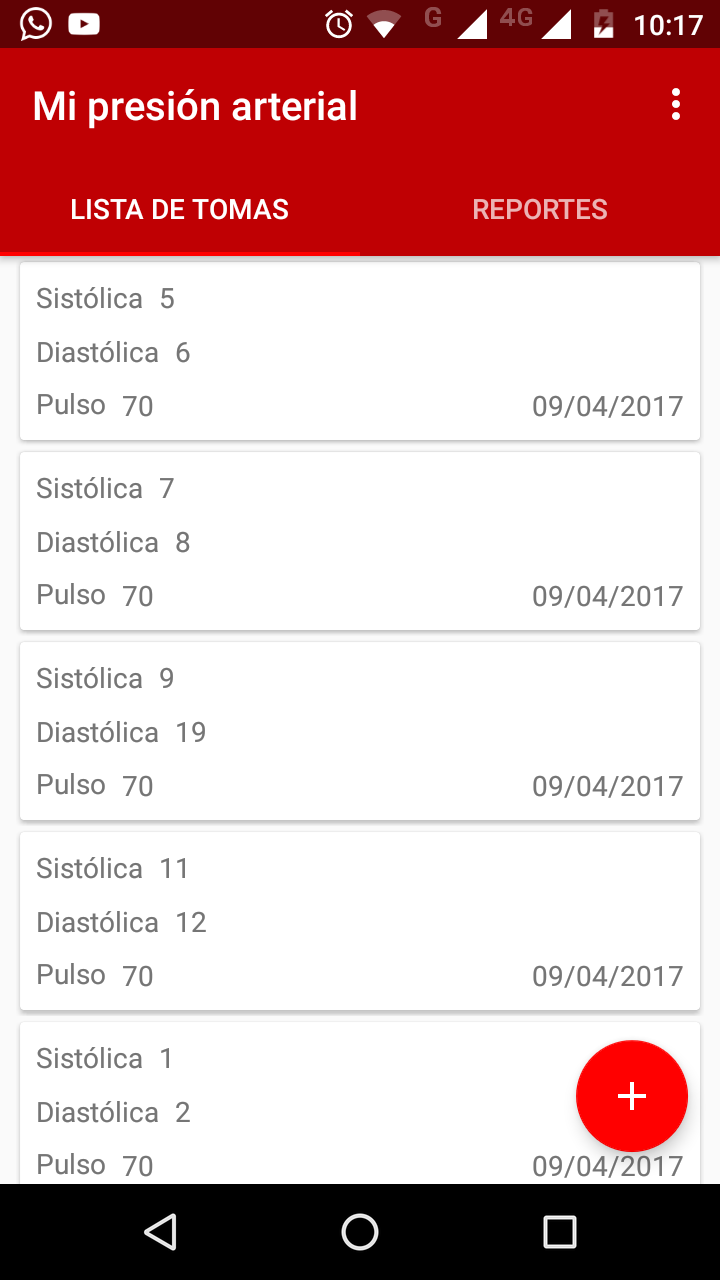Mockito - 文件的模拟行为
时间:2023-09-25问题描述
我有一个类,它接收一个文件,找到与之相关的文件,然后打开它.类似于
I have a class that takes in a single file, finds the file related to it, and opens it. Something along the lines of
class DummyFileClass
{
private File fileOne;
private File fileTwo;
public DummyFileClass(File fileOne)
{
this.fileOne = fileOne;
fileTwo = findRelatedFile(fileOne)
}
public void someMethod()
{
// Do something with files one and two
}
}
在我的单元测试中,我希望能够测试 someMethod() 而不必将物理文件放在某个地方.我可以模拟 fileOne,并将其传递给构造函数,但由于在构造函数中计算 fileTwo,我无法控制它.
In my unit test, I want to be able to to test someMethod() without having to have physical files sitting somewhere. I can mock fileOne, and pass it to the constructor, but since fileTwo is being calculated in the constructor, I don't have control of this.
我可以模拟 findRelatedFile() 方法 - 但这是最佳实践吗?在这里寻找最佳设计而不是实用的解决方法.我对模拟框架还很陌生.
I could mock the method findRelatedFile() - but is this the best practice? Looking for the best design rather than a pragmatic workaround here. I'm fairly new to mocking frameworks.
推荐答案
在这种情况下,我会使用物理文件来测试组件,而不是依赖模拟框架.正如 fge 所提到的,它可能更容易,而且您不必担心您可能对模拟做出任何错误假设.
In this sort of situation, I would use physical files for testing the component and not rely on a mocking framework. As fge mentions it may be easier plus you don't have to worry about any incorrect assumptions you may make of your mock.
例如,如果您依赖 File#listFiles() 你可以让你的模拟返回一个固定的 File 列表,但是,不能保证它们返回的顺序 - 你可以仅在您在不同平台上运行代码时才发现.
For instance, if you rely upon File#listFiles() you may have your mock return a fixed list of Files, however, the order they are returned in is not guaranteed - a fact you may only discover when you run your code on a different platform.
我会考虑使用 JUnit 的 TemporaryFolder 规则帮助您设置测试所需的文件和目录结构,例如:
I would consider using JUnit's TemporaryFolder rule to help you set up the file and directory structure you need for your test, e.g.:
public class DummyFileClassTest {
@Rule
public TemporaryFolder folder = new TemporaryFolder();
@Test
public void someMethod() {
// given
final File file1 = folder.newFile("myfile1.txt");
final File file2 = folder.newFile("myfile2.txt");
... etc...
}
}
该规则应在测试完成时清理所有创建的文件和目录.
The rule should clean up any created files and directories when the test completes.
这篇关于Mockito - 文件的模拟行为的文章就介绍到这了,希望我们推荐的答案对大家有所帮助,也希望大家多多支持html5模板网!
相关文章
 如何检测 32 位 int 上的整数溢出?How can I detect integer overflow on 32 bits int?(如何检测 32 位 int 上的整数溢出?)
如何检测 32 位 int 上的整数溢出?How can I detect integer overflow on 32 bits int?(如何检测 32 位 int 上的整数溢出?) return 语句之前的局部变量,这有关系吗?Local variables before return statements, does it matter?(return 语句之前的局部变量,这有关系吗?)
return 语句之前的局部变量,这有关系吗?Local variables before return statements, does it matter?(return 语句之前的局部变量,这有关系吗?) 如何将整数转换为整数?How to convert Integer to int?(如何将整数转换为整数?)
如何将整数转换为整数?How to convert Integer to int?(如何将整数转换为整数?) 如何在给定范围内创建一个随机打乱数字的 intHow do I create an int array with randomly shuffled numbers in a given range(如何在给定范围内创建一个随机打乱数字的 int 数组)
如何在给定范围内创建一个随机打乱数字的 intHow do I create an int array with randomly shuffled numbers in a given range(如何在给定范围内创建一个随机打乱数字的 int 数组) java的行为不一致==Inconsistent behavior on java#39;s ==(java的行为不一致==)
java的行为不一致==Inconsistent behavior on java#39;s ==(java的行为不一致==) 为什么 Java 能够将 0xff000000 存储为 int?Why is Java able to store 0xff000000 as an int?(为什么 Java 能够将 0xff000000 存储为 int?)
为什么 Java 能够将 0xff000000 存储为 int?Why is Java able to store 0xff000000 as an int?(为什么 Java 能够将 0xff000000 存储为 int?)
 如何使用 SimpleDateFormat.parse() 将 Calendar.toString()How can I Convert Calendar.toString() into date using SimpleDateFormat.parse()?(如何使用 SimpleDateFormat.parse() 将 Calendar.toString() 转换为日期?)
如何使用 SimpleDateFormat.parse() 将 Calendar.toString()How can I Convert Calendar.toString() into date using SimpleDateFormat.parse()?(如何使用 SimpleDateFormat.parse() 将 Calendar.toString() 转换为日期?)